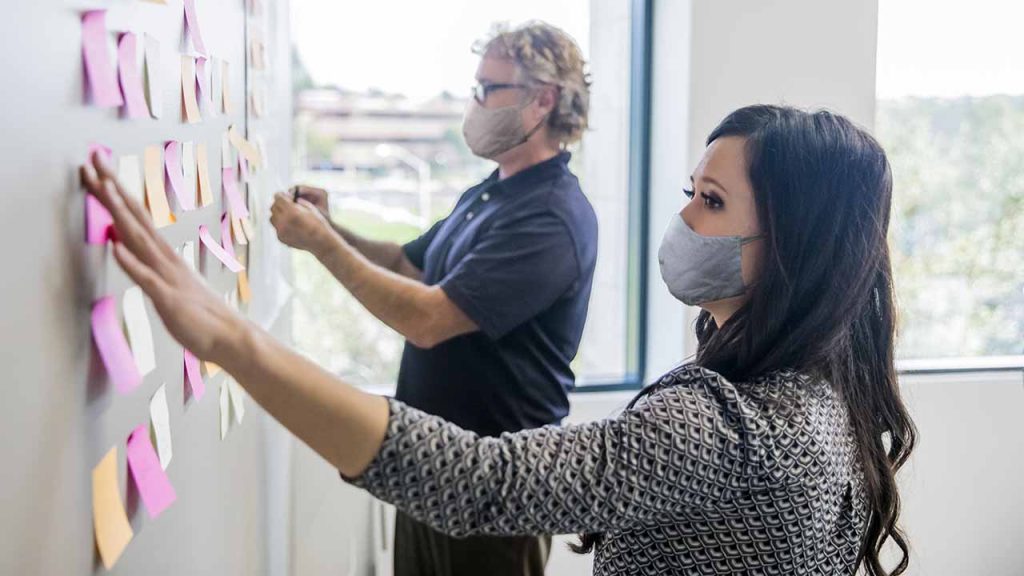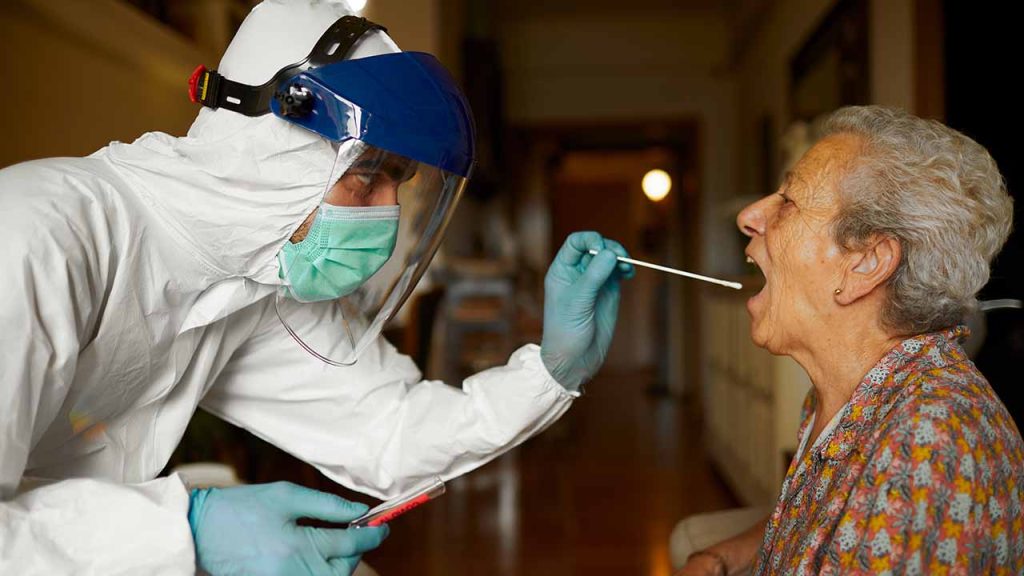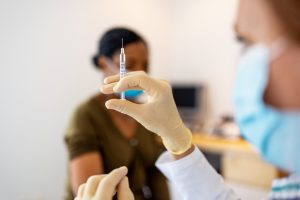Collaboration with Public Health and Other Stakeholders
During pandemics, collaboration with federal, state, and local public health authorities is of paramount importance. The COVID-19 pandemic has brought a renewed focus on the value of collaboration with public health professionals. Federal and state public health agencies can provide healthcare facilities with helpful surveillance data to guide the delivery of healthcare resources where they’re needed most. In addition, public health agencies can share predictive models regarding future infectious disease threats that can be useful to healthcare leaders during pandemics and ongoing outbreaks.
Planning Tools

The CDC has provided many pandemic planning tools and templates that will aid any healthcare facility with conducting the proper steps for pandemic preparedness. They can also will help facilities address the critical needs of medical products such as Personal Protective Equipment.
Reaching At-Risk Populations

Emergency planners and managers need to know how to identify, locate, and reach all affected groups in an emergency. These resources provide public health officials information for identifying at-risk groups and developing Community Outreach Information Networks (COINs) – grassroots networks of trusted community leaders to support emergency planning and information-sharing.
Response and Recovery

Pandemics such as the COVID-19 pandemic can have long-lasting impacts on any community, but there is a pathway towards recovery: creating and executing a pandemic response plan, and then monitoring of the effectiveness of a healthcare facilities’ plan.

















